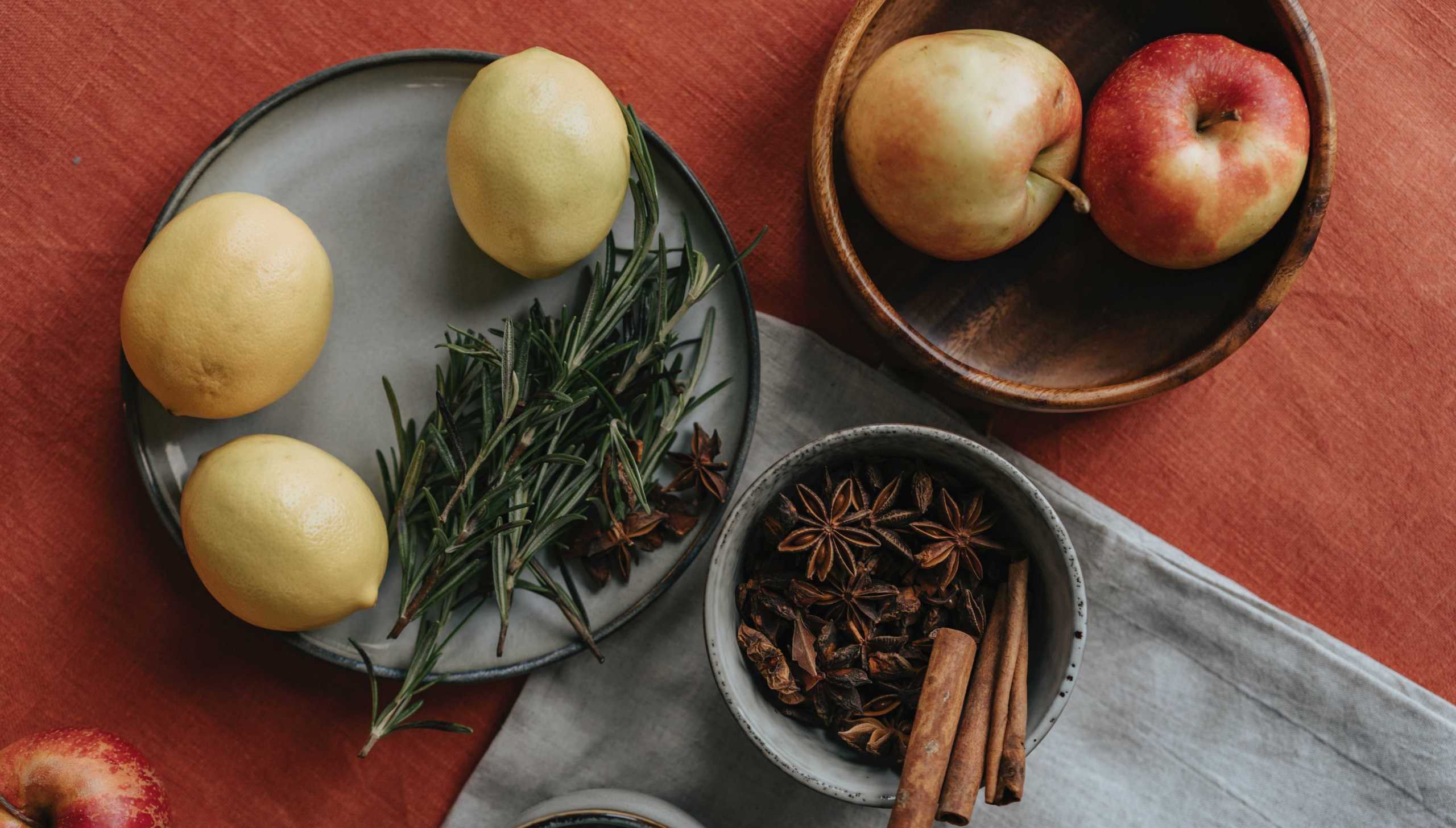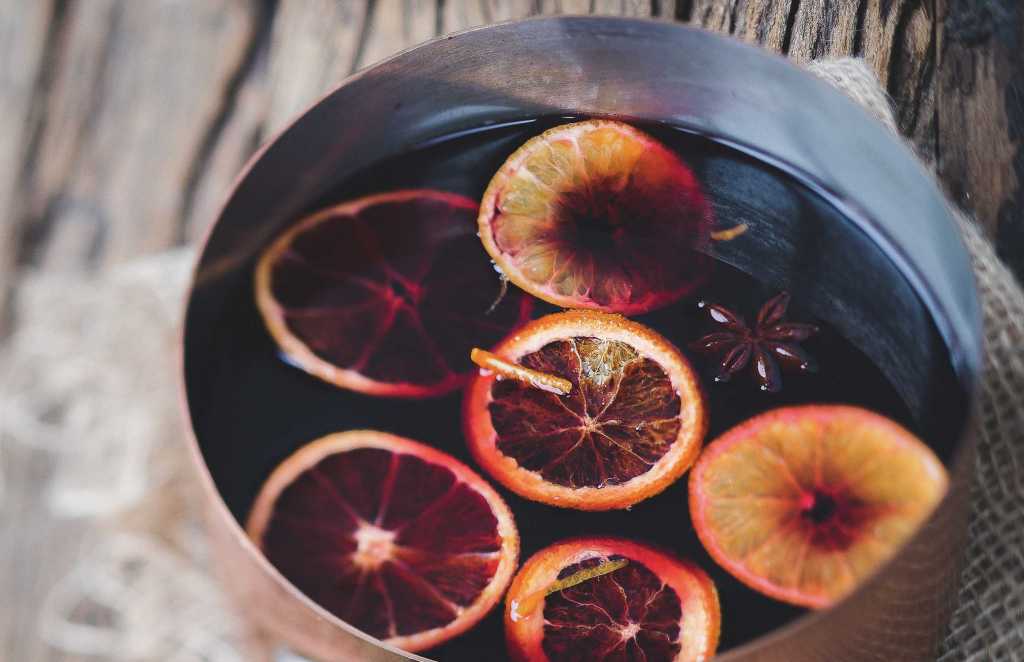For many adults, mulled wine is a favorite drink during the holiday season. While it is most commonly enjoyed at local Christmas markets, it can also be easily made at home and enjoyed amongst friends and family.There are a few things to keep in mind regarding your choice of wine, garnishes as well as technique when making mulled wine. Below we curated a list of tips and tricks to help you get the best results when making this winter-favorite.

1. Your Choice of Wine
As the base of this beloved beverage, it is no surprise that the choice of wine is crucial to the taste of the entire drink.
There are a few things to keep in mind when choosing a wine. For one, there is no need to grab the most expensive bottle, as the flavor will be altered both through the spices as well as through the heat. In fact, keep in mind that the heat will intensify the wine’s flavor, so make sure to grab a wine variety you like.
For the best results, we recommend choosing a rather dry wine, as sugar and spices will be added later. Remember, you can always add more sweetness, but can not take any away. If you prefer red wine, try a California Petite Sirah or Zinfandel as they are dry, but don’t have too much acidity.
For a less traditional approach, why not give white wine a go? While people usually think of red wine first when it comes to mulled wine, there is nothing wrong with making a great refreshing alternative with white wine. Riesling, Cabernet Sauvignon, or Pinot Gris from Oregon are good options here, as they pair great with fruit and spices.

2. Spice it Up
Traditionally, mulled wine is made with warm, wintry spices like cinnamon, star anise, allspice, and cloves. At the end of the day, the spices you add are up to your liking. A rule of thumb you can easily stick to is as follows: Green spices (like cardamom and basil) go well with lighter wines, while baking spices (like nutmeg) go well with more robust wines.
If you’d like to change things up a bit, you might also want to play around with fresh ginger, nutmeg, or vanilla beans. For more profound and fuller nuances, you can lightly toast the spices beforehand. If you do so, try using whole spices rather than ground, as they might make your drink look cloudy.For easy removal, all you have to do is add your whole spices to a tea bag or cheesecloth.
PS: When adding spices to your drink, take it slow as the heat will intensify the flavors over time. Always try to keep the natural notes of the wine in mind to complement its flavors best.

3. Make it Sweet
Mulled wine is known to have a rich sweetness. To achieve this, you can add either sugar, honey, or fruit juice to sweeten your drink. Most recipes will use white sugar, but you can always swap it for brown sugar if you want to give your drink a more intense sweetness. If you prefer a lighter sweetness, you can mix in a little fruit juice, such as apple or orange juice. Alternatively, you can also sweeten your drink with honey or maple syrup to give the drink some extra depth.

4. Garnish like a Pro
Some may claim garnish is unnecessary, but it can really bring it all together. Slices of fresh or dried orange are the classics here, but don’t be afraid to experiment a little. Adding fruits to your mulled wine can add some great nuances of freshness.
For a touch of acidity, you can add grapefruit slices, perfect for enhancing a white wine based drink. Other fruity options may be fresh or dried apple slices, U.S. cranberries, or bosque pear. Dried Components like California raisins can also work great for an extra touch of natural sweetness.
If you like notes of nuttiness reminiscent of marzipan, you may want to try adding California almonds for that extra Christmas feeling.

5. Mind the Heat
The most important thing regarding technique, is to always simmer and never boil your mulled wine. The main reason is to avoid evaporating the alcohol, but it also is important so you don’t accidentally caramelize or burn the sugar or end up having a drink with overpowering spices. Once you’ve carefully increased the temperature of your mulled wine, grab a mug and enjoy!




